
Color is one of our primary means of expression. How we use and choose color when dressing speaks of who we are. It gives essence to our clothes and merges with our state of mind. But what is the best way to dye clothes without harming the environment? Well, in this article, we’ll discover the role of sustainable dyes in the future of fashion.
For years we have normalized the change of color by season, going from pastel colors to the most saturated, over and over and over again; this accelerated as fast fashion gained ground. Unfortunately, we never thought about the negative impact this way of acting would have on the environment.
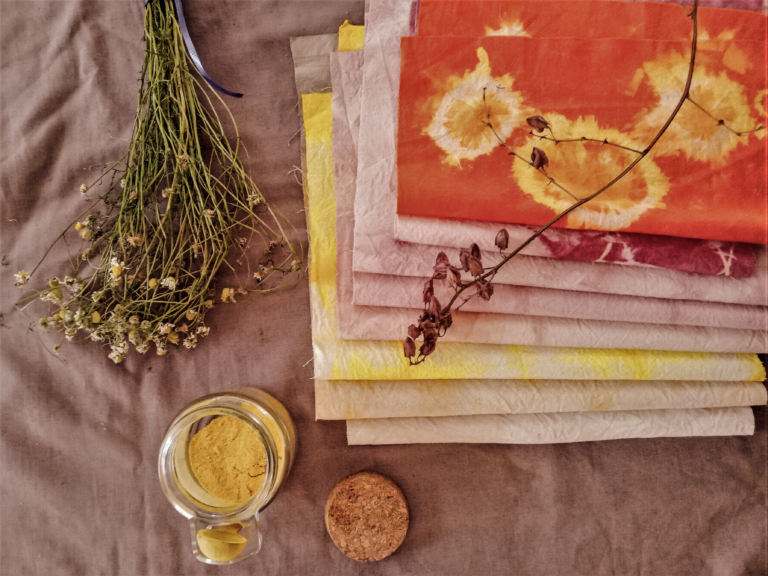
What are the problems caused by dyeing?
As a first fact, we must know that the biggest problem during the dyeing process is the significant waste of water. The scarcity of this resource is already a problem worldwide. Sadly, the textile industry spends billions of liters of water (from 6 to 9 billion) annually to carry out dyeing. That’s like filling more than two million Olympic-sized swimming pools each year with water and then not allowing anyone to swim in them. (Though I don’t think anyone wants to swim in toxic dye mill water.)
In addition, almost three-quarters of all the water consumed by dyeing mills end up as undrinkable waste. Filtering wastewater also involves a considerable extra cost for companies, which is why waste is very often dumped into rivers (clearly illegally), creating a toxic soup of salts, dyes, metals, and chemicals used to fix the color on our clothes.
All these chemical substances cause profound damage to ecosystems, affecting soils, plants, and animals. Wastewater becomes a part of the food chain, also affecting people who use this water for fishing and making it impossible for people to drink or even wash as before.
On the other hand, it’s great to hear that a fashion label practices low-impact dyeing, but it doesn’t do much if we misuse our clothes or buy without caring that the supply chain is exploitative. We have managed for years a linear approach to consumption, that is: “We buy, consume and discard or destroy” so it is quite a challenge to break this habit. However, there are always viable options if you are interested in wearing sustainable color and breaking with current consumption patterns.
We’ll now review the dyeing processes with the lowest environmental impact, from natural pigments and bacteria dyes to water-efficient dyes and zero-waste color.
Let’s talk about water-saving dyes…
Water scarcity is increasing every day. And the fashion industry cannot sit idly by. For this reason, we’ll seek to implement different products and techniques to reduce the amount of water in the dyeing process. Take a look at the dyeing innovations these companies have spawned:
- ECOFAST: It seeks to reduce the consumption of water, chemicals, dye, and energy needed to dye cotton textiles, which seems like a great idea considering that this fiber is one of the top “water wasters.” This method was created to help brands achieve their sustainability goals, cleverly taking action against climate change, pollution, and water scarcity. They have managed to use 40% less water and 85% less chemicals!
- Endeavour Waterless Smart Dyeing de Alchemie: This process has managed to reduce the carbon footprint of dyeing by more than 85%! Endeavor achieves excellent levels of color fastness and can be used with a variety of fabrics. It’s impressive that a machine can replace traditional dyeing baths, saving water and energy. The fact that Endeavor has cut the price of textile dyeing in half is one of the best features! There are no more excuses for big companies since sustainable options are also profitable. For example, H&M Sweden and At One Ventures (USA) have invested in this dye technology.
Surprisingly, there is also dyeing without water! DyeCoo DyeOx is equipment that dissolves dyes to apply to threads and fabrics, using recovered CO2 instead of water! They use only pure dyes, without additives and chemicals, so they do not spend time or money on wastewater treatment. Brands like France-based Decathlon, Sweden’s Peak Performance, and Nike have been some of the early adopters of this innovation.
Zero-Waste color
Dyes are emerging that can use textile waste to create pigments. Take a look at Re-Color Capsule colored by Recycrom, a dye technology that UK brand Pangaia uses to transform recycled textile scraps into unique pigments. They do this by pulverizing material waste into fine powders. This process also avoids the intensive use of water. Pangaia is also a brand highly involved in sustainable innovations and slow fashion, offering a wide variety of options with bright colors, made of natural materials with processes focused on caring for the environment. Take a trip through their page to learn more about how they use sustainable color; it’s very interesting. Zero waste color is ideal for those who work with small volume lines and can be a viable option, especially if you have a startup or small brand.
Now one of my favorites! If you are passionate about science, you’ll like these new methods.
Personally, I am passionate about how we can create so many beautiful things from microorganisms. When biotechnology and fashion work together, they are a fantastic combination.
Bacterial-based dyes have a low CO2 impact and don’t need chemicals, excess water, or harmful fixatives.
Colorifix: They genetically modify microorganisms to produce color pigments through fermentation. The microbes feed only on renewable raw materials, and the dyes produced by the bacteria can be used in standard dyeing machines, without adding chemicals or salts to fix the color.
Vienna Textile Lab also makes organic dyes from bacteria. This process is environmentally friendly, saves resources, and generates almost no CO2 emissions. Impressive isn’t it?

One of the best decisions you can make is to buy undyed products.
In this way, we save thousands of gallons of water and energy. We can always opt for fibers in their natural color, avoiding bleaching and a long dyeing process. Let’s appreciate the variety of colors that nature gives us! From pure whites, beige, and various shades of coffee, with pink and reddish nuances to gray and black. Neutral colors are timeless and will always be in style.
And what about natural dyes?
These are produced using ingredients of a plant origin, such as avocado, onion peel, or beetroot. We can even use these techniques in our home. We apply them to fabrics of natural origin such as linen or wool, since they have no effect on synthetic fabrics. And why should you choose natural dyes? Easy! For the same reason you choose natural hair dyes or makeup without harmful chemicals; THE GARMENTS ARE ALSO ALWAYS IN CONTACT WITH YOUR BODY.
I recommend this type of dyeing for small or medium-scale productions since the process is handmade and uses discards and elements that come from nature, so it is difficult to take this to a mass production scale without disrupting the ecosystems.
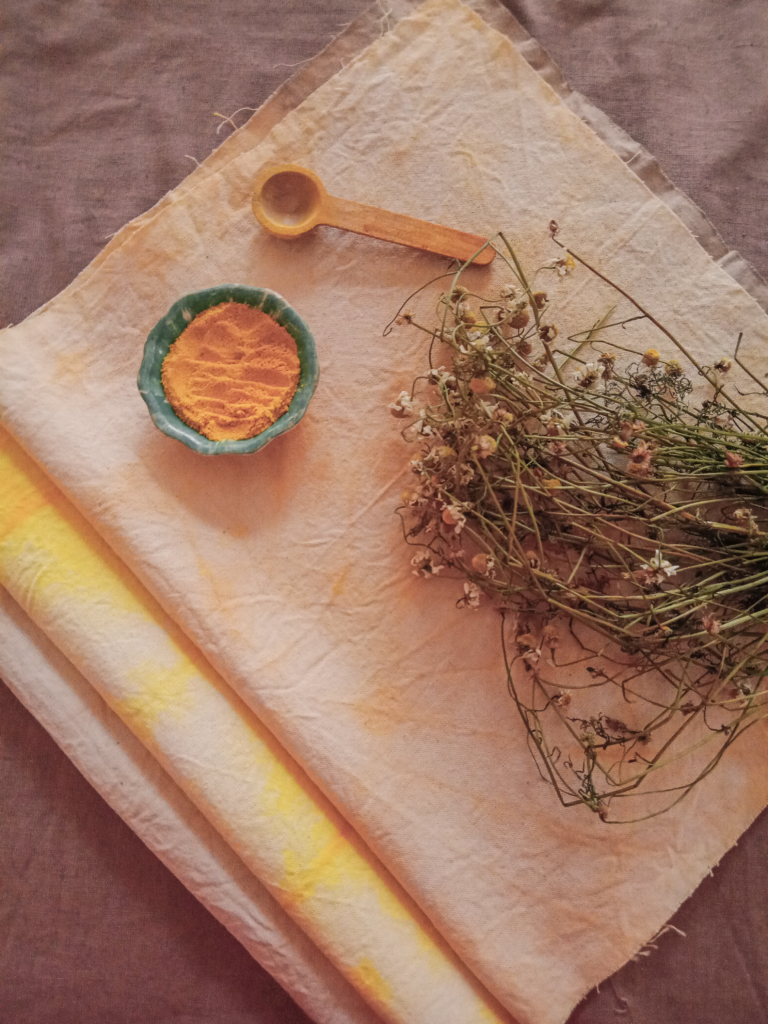
Here is an example of the right use of natural dyes on a medium scale: Vollebak and the American biomaterials company Living Ink created a T-shirt with black dye made from algae instead of petroleum! Other companies extract ingredients from the waste disposed of by food companies and farms, including cranberries, matcha, walnut leaves, and shells.
After knowing all these options, from natural dyes to sustainable innovations, we can conclude that YES! There are ways to act to repair the environmental damage that poorly controlled and unethical dyeing processes have caused.
If we don’t change soon, the world will become colorless due to our love of color. So let’s remember this when making clothing decisions and rather declare: “I’m wearing sustainable color.”


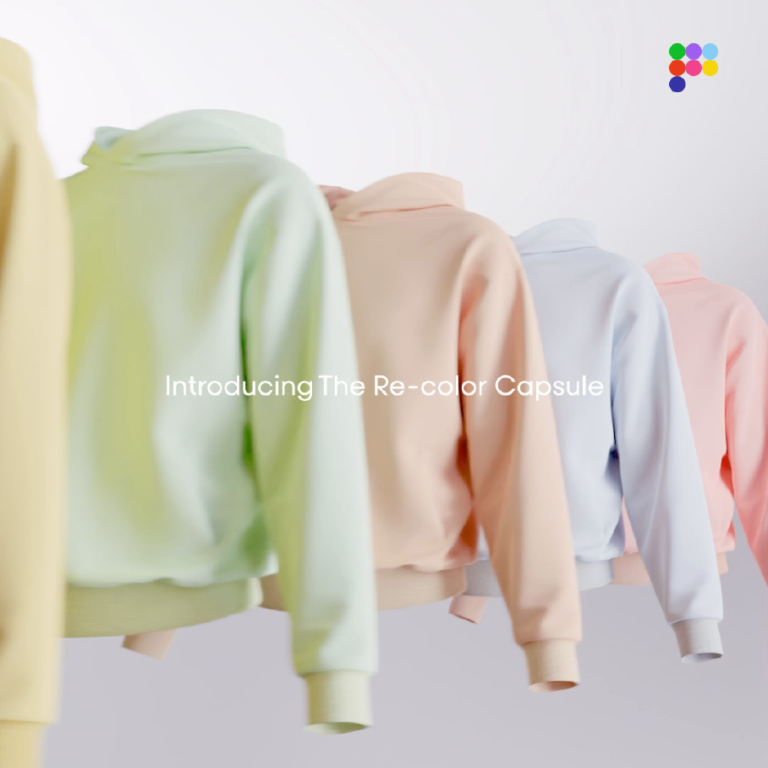
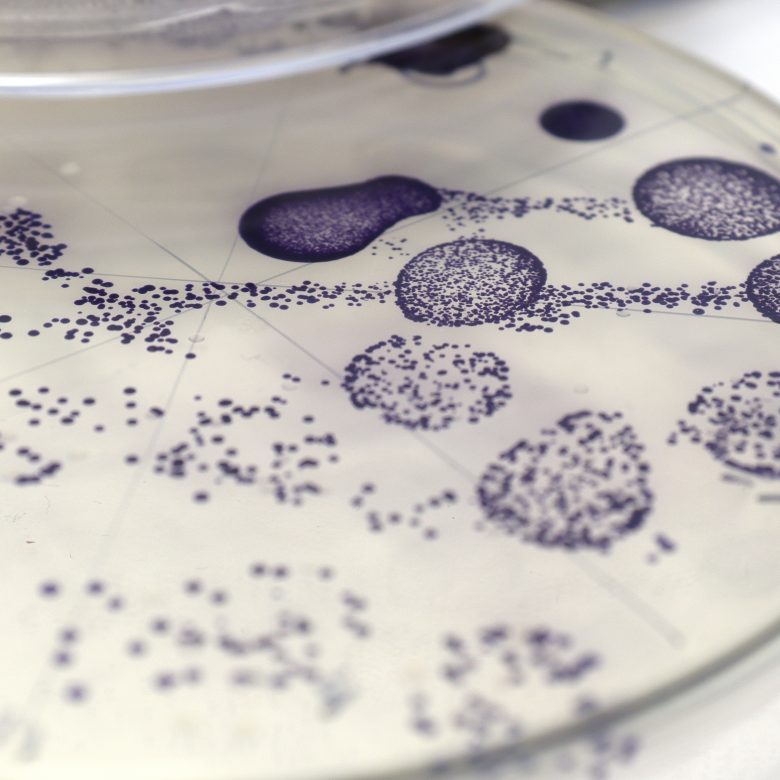
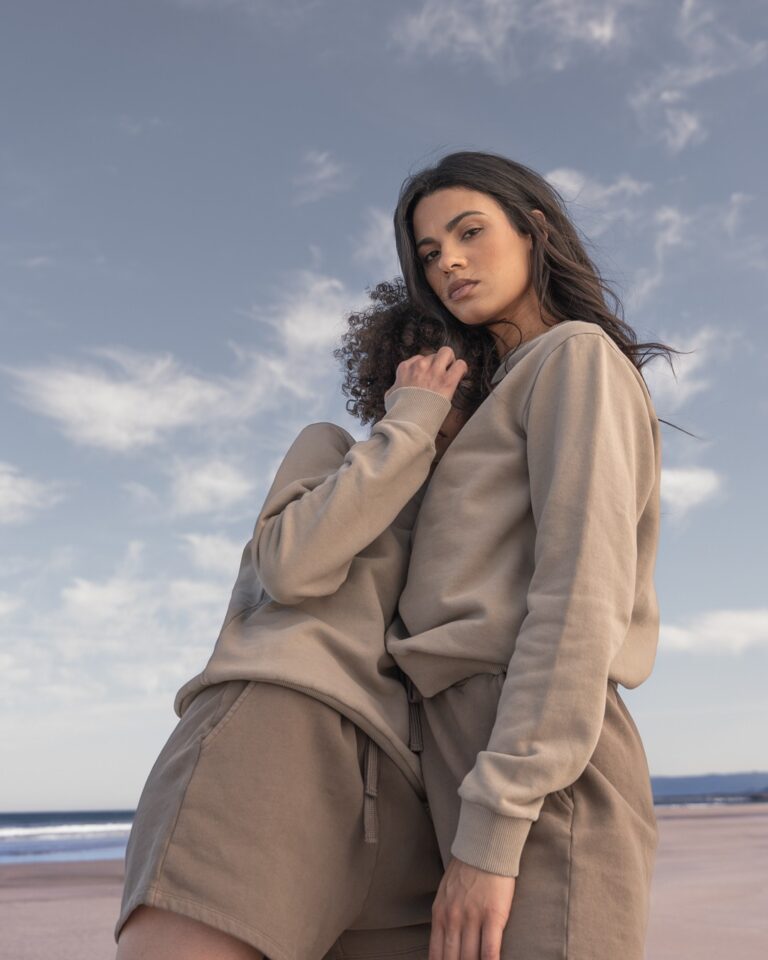


Leave a Reply